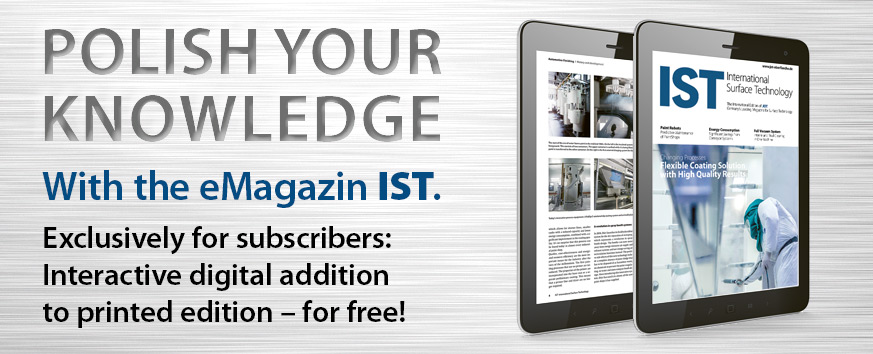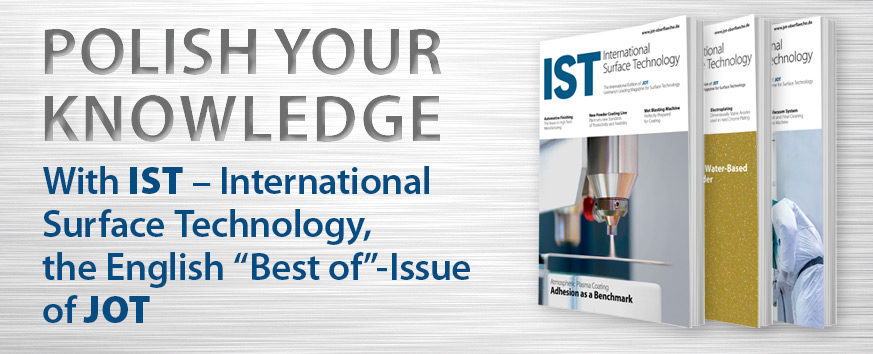In order to counteract the impending traffic collapse and at the same time increase road safety, research institutions as well as the automotive and IT industries worldwide are currently working on technologies that will first make automated and later autonomous driving possible. For self-driving vehicles to be able to move safely in space, they must record relevant information in their environment, process it in real time and convert it into concrete instructions for the vehicle to act. For this highly complex technical process, they need not only cameras but also a variety of sensors that record weather conditions, road conditions, signs and traffic lights for traffic control as well as moving and immobile objects, for example trees, buildings, people and other vehicles. In addition, they must detect the respective distance to other objects, such as the vehicle in front. To achieve this, the data recorded by radar and lidar sensors must be intelligently fused and converted into comprehensive, detailed information in order to derive an appropriate "action" for the vehicle or its assistance systems - in microseconds.
Invisible, but highly efficient
Radar sensors emit electromagnetic waves in the frequency range of 76 to 77 GHz; this radiation is reflected in the field of vision of surrounding objects and thus returns to the sensor. The resulting time of flight is used to determine the distance to objects. Lidar sensors work in a similar way. Instead of radar waves, however, they use laser pulses in the near-infrared range. They also detect distances and relative speeds, but are much more accurate than radar sensors in detecting objects and angles. Radar and lidar sensors can be used for a wide variety of driver assistance systems such as distance control, collision warning, emergency brake assist or drowsiness detection inside and outside the vehicle. They are usually only a few centimetres in size and therefore already very inconspicuous. However, vehicle designers would ideally like them to blend in completely with their surroundings - without losing their functionality. Benseler has therefore developed a new PVD coating process (PVD = physical vapour deposition) that allows a wide variety of designs and colours without restricting the transmitting and receiving power of the respective sensors.
Individually designed and fully functional
Plasma-vacuum coating per se offers high product and process quality with great freedom of design. In the field of sensor technology, it is particularly important that the special electromagnetic radiation of different sensors can penetrate the coated surfaces without restriction. The process developed by Benseler makes it possible to provide undamped penetrable surfaces in the desired individual appearance and wavelength range - for example in combination with UV varnishes - with the highest precision for a wide variety of sensors. Diamond-like carbon (DLC) coatings, which are characterised by their abrasion resistance, low coefficient of friction, corrosion suppression and optical transparency at layer thicknesses of up to 1000 nm, are also used here.
The complete article was published in German in JOT 09/20.
Autor(en): Benseler




